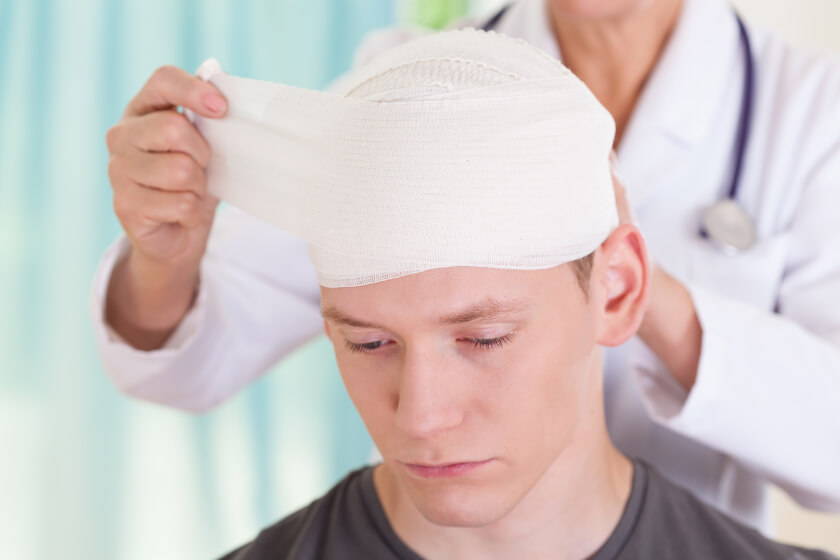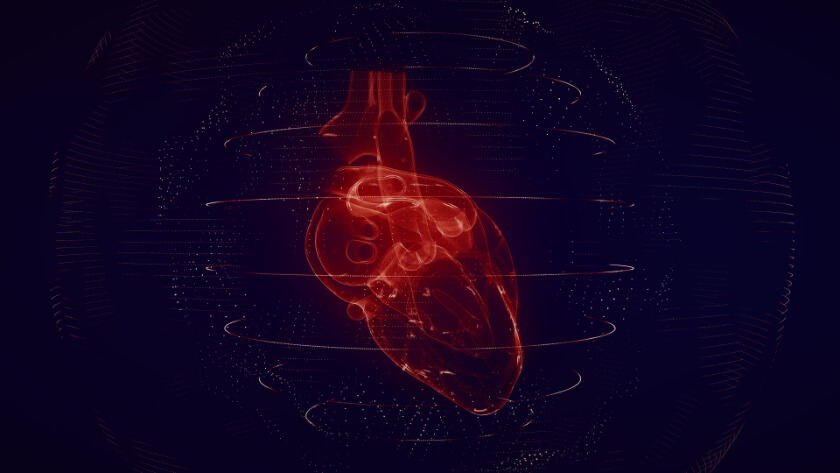
March is Brain Injury Awareness Month
At least 5.3 million people in the United States have disability related to a permanent brain injury; every year, more than 2.8 million Americans sustain a brain injury. The lasting effects of brain injuries can affect someone’s personality, mood, and ability to work or function independently.
The Brain Injury Association of America (BIAA) spearheads many activities during Brain Injury Awareness Month. Many people with brain injuries feel as if their injuries define them. In 2023, BIAA created the “More Than My Brain Injury” campaign to give people with brain injuries an opportunity to tell their own stories.
Observed since 1993, Brain Injury Awareness Month promotes strategies to improve the quality of life for people with brain injuries. The annual event also brings attention to the causes of brain injuries and strategies to prevent them.
About the Brain and Brain Injuries
Your brain controls nearly everything you do, including walking, talking, eating, processing and remembering information, making decisions, and feeling emotions. Your brain also coordinates and regulates your breathing, heart rate, and blood circulation. Brain injuries can affect your brain’s ability to carry out these important jobs.
Specialized nerve cells, known as neurons, help the brain accomplish all this. Neurons use electrical and chemical signals to transmit information from one part of the brain to another, and between your brain, spinal cord, and other parts of your body. Some types of head injuries affect the neurons to disrupt communication within the brain, and between the brain and the rest of the body.
The brain is made up of many parts, or lobes, and each performs a different function. The frontal lobe at the front of the brain is responsible for voluntary movement and language, for example, and it is also responsible for problem-solving, emotions, and other higher-level executive functions.
Injuries to the various lobes causes specific dysfunctions – injuries to the frontal lobe may affect someone’s ability to control their emotions or behavior, for example, and may cause trouble speaking or recalling events. Injuries to the left side of your brain can cause difficulties speaking or understanding language, impaired logic, over-the-top emotional reactions, and less control over the right side of your body. Injuries to the left side of your brain can affect your visual memory, or how well you can remember what you’ve seen, and decreased control over the left side of your body.
An acquired brain injury is one that is not present at birth. Acquired brain injuries may be traumatic or non-traumatic. A traumatic brain injury (TBI) occurs as the result of an external force, when something hits you on the head and damages your brain. A non-traumatic brain injury happens when something inside of you, such as pressure from a tumor, damages the brain. Toxins or a lack of oxygen can also cause a non-traumatic brain injury.
Types of Brain Injuries
There are several types of brain injuries. Here are three of the most common.
Diffuse axonal injury
A diffuse axonal injury may be the result of shaking or strong rotation of the head, such as whiplash from a car accident or shaken baby syndrome. The shaking or strong rotation can tear the neurons, which disrupts communication between brain cells.
Concussion/mild traumatic brain injury
Direct blows to the head, violent shaking of the head, whiplash or gunshot wounds can cause a concussion, also known as a mild traumatic brain injury (mTBI).
Contusion
A blow or jolt to the head can cause bruising or bleeding, also known as a contusion.
Diagnosis and management of brain injury
A medical examination is the first step in diagnosing a brain injury. This assessment usually includes a neurological check to help the doctor evaluate the patient’s thinking, ability to move normally, coordination, eyesight and other senses, eye movement, and reflexes.
CT and MRI scans play an important role in the diagnosis and management of brain injuries. While CT and MRI cannot detect all concussions, they can help doctors rule out more serious types of brain injuries.
A CT takes a series of x-ray pictures to create 3D images of the brain. This scan can show if the patient has a skull fracture or bleeding. Doctors often start with a CT of the brain to help diagnose the type and severity of their patients’ brain injuries. The goal is to identify any problems that need immediate surgery or other treatment.
An MRI creates clear images of brain tissue, which can show specific types of brain injuries. Doctors typically use MRIs to help explore the cause signs and symptoms that CT images cannot explain, or to better define abnormalities seen on CT images.
For more information about Brain Injury Awareness Month, consult with your doctor. If you or a loved one ever experiences a brain injury, contact Radiology Affiliates Imaging (RAI) for more information about CT and MRI for brain injuries. Medical imaging provided by RAI can help your doctor diagnose and treat brain injuries during the month of March and throughout the rest of the year.




